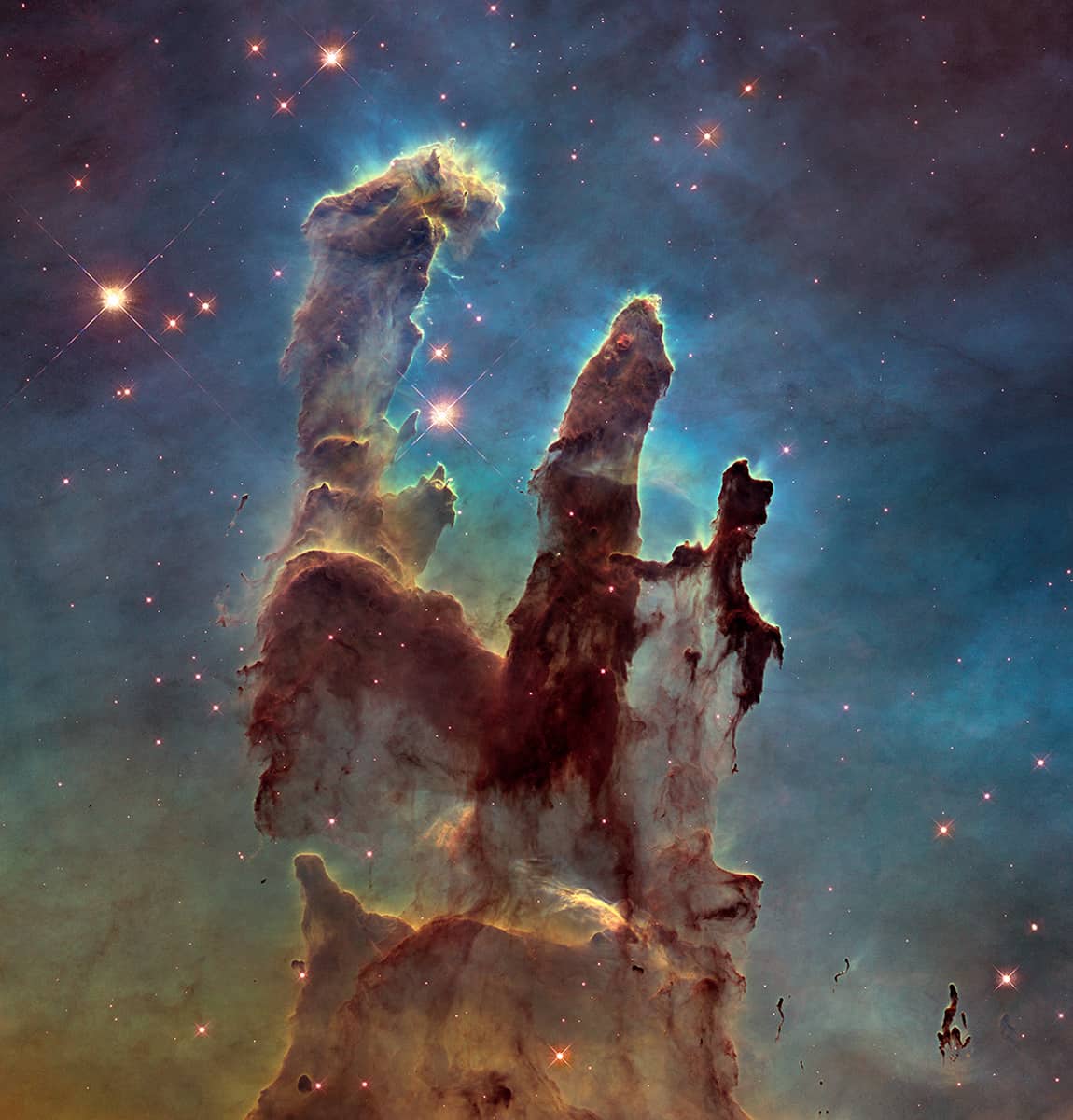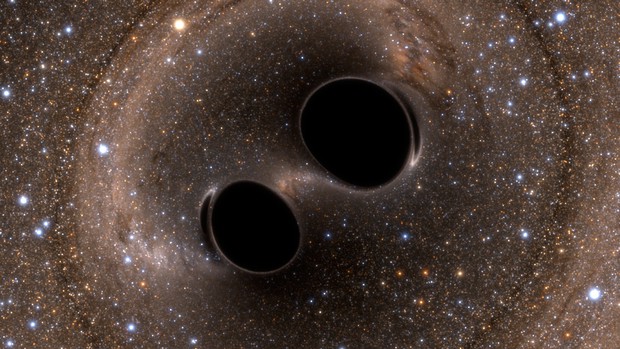
진화론이 지구가 둥글다는 것 만큼 확고한 토대 위에 서있는가?
영국 왕립학회(Royal Society)에서 발행하는 Interface Focus 10월 특집호의 주제는 ‘진화생물학의 새로운 경향'(New Trends in Evolutionary Biology)이었다. 그 첫번째 논문으로 실린 뮐러 (G.B. Müller) 박사의 평론 1 에서는 신다윈주의의 한계점을 나열되고 있는데, 다음 문구가 특히 눈에 띤다 (굵은 글씨 강조는 졸인 추가):
전통적으로 받아들여지는 요인들 말고도 다른 요인들도 고려하고 있다는 것에 아무리 많은 미사여구를 같다 붙인다 하여도, 지금의 논문들을 통해 제시되는 이론[신다윈주의]은, 설명이 필요하다고 목표로 제시된 것들의 대다수는 제거된채 제한된 진화론적 설명 대상에만 집중하고 있다. 이 이론은 집중하고 있는 문제들에 대해서는 잘 작동한다; 예컨대 진화하는 개체군의 유전적 변이의 동역학, 형질의 점진적인 변이 및 적응, 그리고 종분화의 어떤 특정한 유전적 면모 등에 대해서는 실험 가능하고 검증되는 예측을 충분히 제공한다. 설명하려는 것이 거기에서 마친다면 아무런 논쟁을 야기하지 않을 것이다. 하지만 진화생물학에서 개체군 유전학을 모든 진화 현상을 설명하는 독보적인 설명 방식으로 여기는 것이 습관적이 되었고, 그로인해 한편으로는 거기에서 나오는 모든 예측이 모든 상황에서 검증될 수 없다는 사실과, 그로써 다른 한편으로는 풍부한 다른 진화 현상이 배제 되고 있다. 예컨대, 이 이론은 유기적인 구조, 생리학, 발달 혹은 행동들이 구성하는 복잡한 조직이 어떻게 실제적으로 진화를 통해 발생하는지 – 그런 다양성을 설명하는 것이 목적임에도 불구하고 — 그에 대한 질문의 대부분을 회피하며, 또한 개체군의 유전적 체제를 구성하지 않는 요소들을 — 예를 들어 발달적인, 시스템 이론적인, 생태학적인, 혹은 문화적 영향 등을 — 포함하기 위한 적절한 수단을 제공하지 못한다.2
위에서 “[신다윈주의는] 복잡한 조직이 어떻게 실제적으로 진화를 통해 발생하는지 — 그런 다양성을 설명하는 것이 목적임에도 불구하고 — 그에 대한 질문의 대부분을 회피하며”라는 진술은 지금 창조론자가 하는 것 이 아니라 (유신론적 진화론자들이 그토록 중시하는) 현대 과학자가 신다윈주의에 대해 말하는 것이다. 졸인은 진화론이 의심의 여지가 없는 과학의 정설인 것처럼 묘사하는 유신론적 진화론자들은 한 두 번 본 것이 아니다. 하지만 왕립학회에서 발간한 뮐러의 평론에서는 다음과 같은 진술이 또 등장한다 (굵은 글씨 강조는 졸인 추가):
진화에 관한 표준 이론에 대대적으로 개정하거나 심지어 대체 이론이 필요함을 논하는 출판물이 증가하는 것은 [2–14], 이것이 소수의 견해로 기각 될 수 없고 오히려 과학자들은 물론 철학자들 사이에서도 널리 퍼져 있음을 나타낸다.3
[중략]
확실히, 진화의 전통적 모형에 대한 이의 제기가 지난 몇년 사이에 증가하고 있는데, 여기에는 진화론적 발달 생물학 [16], 후성 유전학 [17], 생리학 [18], 유전체학 [19], 생태학 [20], 소성 연구 [21], 개체군 유전학 [22], 조절 진화 [23], 네트워크 접근법 [14], 참신 연구 [24], 행동 생물학 [12], 미생물학 [7], 그리고 시스템 생물학[25]은 물론, 문화적 [26], 사회 과학적 [27], 그리고 철학적 논의 [28-31] 까지 가세하고 있다. 이러한 논쟁 중 어느 것도 비과학적이 아니며, 모두 진화론적 원리에 충실하면서 견고한 실험적 증거로 뒷받침하고 있다.4
다시 한 번 말하지만 위의 평론은 젊은-지구론자가 하는 말이 아니라 왕립학회에서 발간하는 논문집에 실린 평론이다. 또 말하지만, 졸인은 현재 받아들여지고 있는 진화론을 받아들이지 않으면 지구가 둥글다는 것을 무시하는 것과 같다고 말하는 진화론적 유신론자들을 한 두 번 본 것이 아니다. 신다윈주의자들의 정도를 지나친 반응에 대해서는 뮐러도 언급하고 있다:
때때로 이러한 의의 제기는 독단적인 적의와 함께 전통적 이론 체계에 대한 그 어떤 비판도 어리석다는 비난과 직면하게 된다 [32]; 하지만 더 많은 경우, 전통적 개념의 옹호자들은 지금의 진화론에는 “아무 문제가 없다”고 주장하면서, 지금의 진화론은 현대 진화생물학에서 인정받는 방법론적 및 실험적 진보와 ‘더불어 발전’했다고 본다. 하지만 그들이 반복적으로 강조하는 사실 즉 혁신적인 진화 기제가 앞선 혹은 근래의 특정 논문들에서 언급되었다는 사실이 있다고 해서 진화론의 정식 구조가 그에 따라 보정되었음을 의미하지는 않는다.5
신다윈주의가 지구가 둥글다는 사실과 견줄 만큼 확고한 토대 위에 서있다고 주장하는 유신론적 진화론자들이 얼마나 많은가?
뮐러의 지적은 여기서 끝나지 않는다. 형질적 복잡성과 관련한 신다윈주의의 한계에 대한 지적은 금새 ‘미시 진화는 거시 진화와 일관된다’는 식의 반응과 함께 회피 됨을 언급하면서 다음과 같이 적고 있다:
진짜 문제는 유전적 진화는, 애매하게 정의되는 ‘거시 진화’ 같은 유형 뿐만 아니라, 모든 형태의 형질적 복잡성에 대한 인과적 설명으로서 부족하다. 그러므로, 거시-미시 구분은 표준 이론에 대한 지금의 이의들에서 제기 되는 중요한 논점들을 흐리는 노릇 밖에 하지 않는다.6
자라나고 배우는 학생들에게 신다윈주의의 문제점을 정직하게 가르쳐 주는 것은 늘어나는 한편, 진화론을 부정하면 지구가 둥글다는 것을 부인하는 것과 같다는 식으로 곡학아세 하는 것은 줄어야 하겠다.
G.B. Müller, Why an extended evolutionary synthesis is necessary, Interface Focus, Volume 7, issue 5, 6 October 2017 ↩
Whatever lip service is paid to taking into account other factors than those traditionally accepted, we find that the theory, as presented in extant writings, concentrates on a limited set of evolutionary explananda, excluding the majority of those mentioned among the explanatory goals above. The theory performs well with regard to the issues it concentrates on, providing testable and abundantly confirmed predictions on the dynamics of genetic variation in evolving populations, on the gradual variation and adaptation of phenotypic traits, and on certain genetic features of speciation. If the explanation would stop here, no controversy would exist. But it has become habitual in evolutionary biology to take population genetics as the privileged type of explanation of all evolutionary phenomena, thereby negating the fact that, on the one hand, not all of its predictions can be confirmed under all circumstances, and, on the other hand, a wealth of evolutionary phenomena remains excluded. For instance, the theory largely avoids the question of how the complex organizations of organismal structure, physiology, development or behaviour—whose variation it describes—actually arise in evolution, and it also provides no adequate means for including factors that are not part of the population genetic framework, such as developmental, systems theoretical, ecological or cultural influences. ↩
A rising number of publications argue for a major revision or even a replacement of the standard theory of evolution [2–14], indicating that this cannot be dismissed as a minority view but rather is a widespread feeling among scientists and philosophers alike. ↩
Indeed, a growing number of challenges to the classical model of evolution have emerged over the past few years, such as from evolutionary developmental biology [16], epigenetics [17], physiology [18], genomics [19], ecology [20], plasticity research [21], population genetics [22], regulatory evolution [23], network approaches [14], novelty research [24], behavioural biology [12], microbiology [7] and systems biology [25], further supported by arguments from the cultural [26] and social sciences [27], as well as by philosophical treatments [28–31]. None of these contentions are unscientific, all rest firmly on evolutionary principles and all are backed by substantial empirical evidence. ↩
Sometimes these challenges are met with dogmatic hostility, decrying any criticism of the traditional theoretical edifice as fatuous [32], but more often the defenders of the traditional conception argue that ‘all is well’ with current evolutionary theory, which they see as having ‘co-evolved’ together with the methodological and empirical advances that already receive their due in current evolutionary biology [33]. But the repeatedly emphasized fact that innovative evolutionary mechanisms have been mentioned in certain earlier or more recent writings does not mean that the formal structure of evolutionary theory has been adjusted to them. ↩
The real issue is that genetic evolution alone has been found insufficient for an adequate causal explanation of all forms of phenotypic complexity, not only of something vaguely termed ‘macroevolution’. Hence, the micro–macro distinction only serves to obscure the important issues that emerge from the current challenges to the standard theory. ↩




